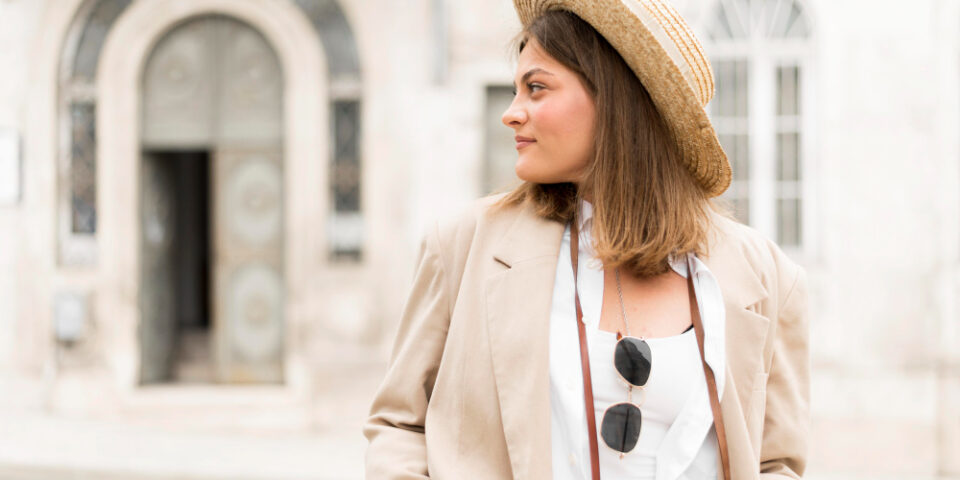The Castle of Vincennes, located on the outskirts of Paris, is an emblem of French medieval architecture and a testament to royal grandeur. Built in the 14th century during the reign of Philippe VI of Valois, it is particularly known for its imposing keep tower, the largest in Europe, which served as both a residence and a fortress. The architecture of the castle, with its thick walls, moat and sophisticated defensive systems, reflects the need for protection during an era marked by conflict. The structure is also a remarkable example of the evolution of the Gothic style, combining military functionality and residential comfort for the royal court.
The Castle of Vincennes also played a crucial role in the political history of France. It was the residence of the kings of France, as well as a place of detention for high-ranking prisoners, including important political and religious figures. Beyond its defensive functions, the castle was the center of numerous political intrigues and demonstrations of royal power, illustrating the prestige and complexity of the French monarchy. Today it remains a major historic site, offering visitors a fascinating insight into medieval life and the evolution of royal fortifications through the centuries.

